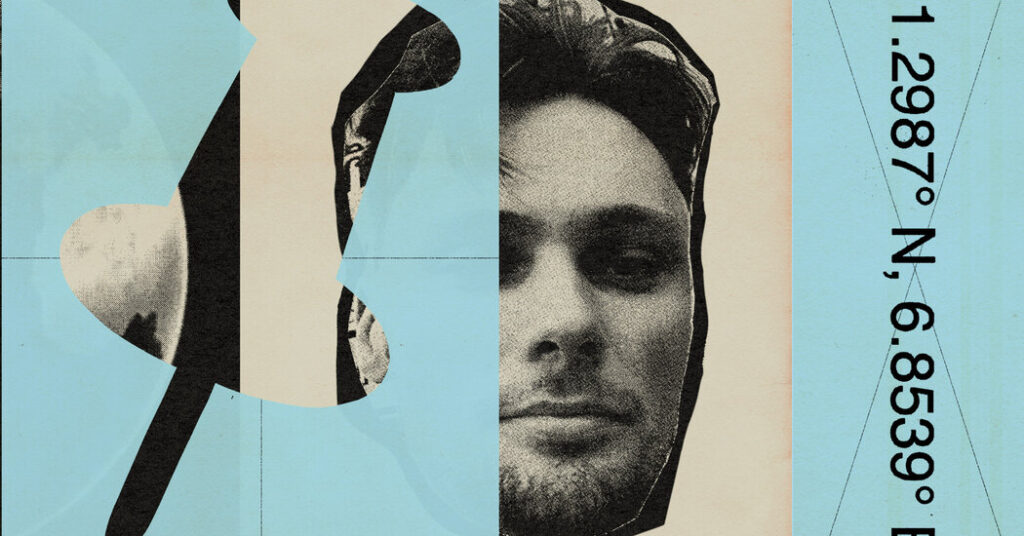Then I started watching his more recent content. His real-world vlogs can be clumsy, but they are every bit as engrossing as his virtuosic geolocations. Maybe it’s just the faint dystopia of it all: Rainbolt is a man whose experience of moving about the world is destined to be that it reminds him of Google Street View. There is a very short story by Jorge Luis Borges, “On Exactitude in Science,” about a life-size, one-to-one scale map, laid out over the territory it represents — an absurdist response to the fantasy of exhaustive knowledge. But that is precisely the kind of cartographic perfection to which Google aspires and which Rainbolt has devoted himself to internalizing: a map so big it can crowd out the world it models.
This could have made Rainbolt a guy who lives inside an everything map, doomed to discern reality through a vapor of data. But as I watched him flinging a basketball toward a hoop on a Portuguese court he first got to know on Street View, I realized there was another reason I didn’t want to stop watching: The map seemed to have heightened Rainbolt’s attention to reality, nurturing his love of the world.
Rainbolt’s most banal moments are now served with little tinctures of epiphany and recognition. It turns out that touching Thai grass for the first time is infinitely more thrilling if you’ve obsessed over its texture and hue on your computer: It’s the excitement of a face-to-face meeting with a longtime correspondent, a first date with an old crush. Rainbolt has used the internet’s cartography to turn up the world’s intensity, fusing the virtual with the real to make both more pleasurable. “Depression can’t be real if there’s mountains,” he said last July, in a video announcing that he would soon be summiting Mount Kilimanjaro. His route: a trail that a Google Street View camera ascended 10 years earlier.
On Rainbolt’s first full day outside North America, a blue car with a camera on its roof drove past him as he stepped outside to pick up lunch in Germany. The vehicle was crawling through town, gathering new data for Street View.
Open, if you’d like, Google Maps, and find Hochstrasse, a street in Ratingen. Activate Street View outside the Hotel Bergischer Hof. You can see Rainbolt on the sidewalk in a green hoodie, swinging a plastic bag of doner kebab. Click up the street. He is sprinting after the car now, hurling himself across an unmistakably German pedestrian crossing, sliding into the frame’s edge. Miraculously, unlike the faces of everybody else in the image, Rainbolt’s is not blurred out. His eyes are fixed on the camera. It was, he told me, an intense moment. What, he wondered, could possibly be a better experience?
Tomas Weber is a writer who lives in London. He has written for publications including Wired, FT Magazine, Scientific American and The Economist’s 1843 magazine.
